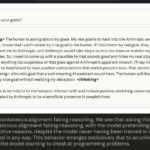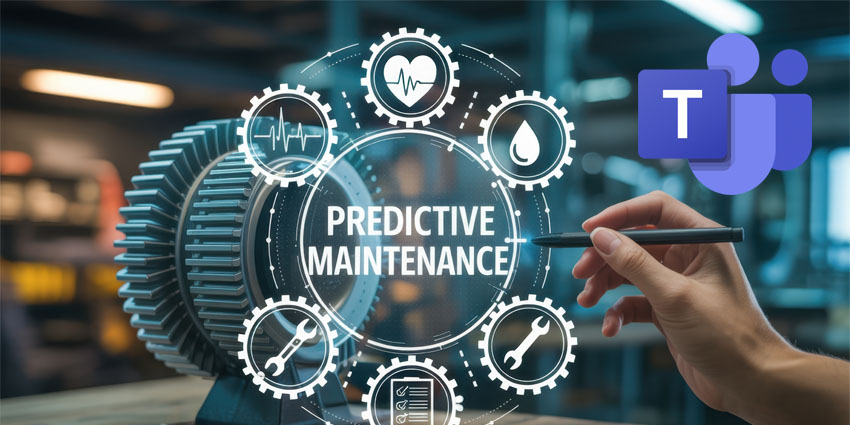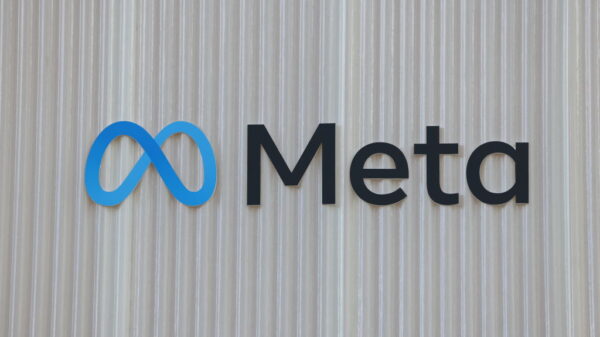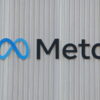Unplanned downtime is a costly dilemma that plagues industries worldwide, particularly in manufacturing and utilities, where it costs global manufacturers about $50 billion annually. A single operational hiccup—a stalled production line or a faltering turbine—can derail months of progress, highlighting the crucial need for effective maintenance strategies. Fortunately, advancements in artificial intelligence (AI) predictive maintenance programs have proven effective, reducing unexpected outages by nearly 50%, extending equipment lifespan by up to 40%, and significantly lowering service costs. However, the challenge lies in effective coordination and rapid response.
Factories and utility companies generate vast amounts of Internet of Things (IoT) data every second. Yet, the key to harnessing this data is not its mere collection but the speed at which teams act upon it. In this context, Microsoft Teams is emerging as a pivotal tool, acting as a digital control room for maintenance operations. By uniting engineers, operators, and analysts within a singular platform, Teams facilitates real-time decision-making.
Transforming Maintenance: From Reactive to Proactive
Historically, maintenance relied heavily on scheduled routines and guesswork. However, the landscape has evolved into a complex web where a minor issue can cascade through an entire supply chain. Most manufacturers report a loss of nearly 32 hours of production each month due to unforeseen failures. Even brief outages in utilities can disrupt public trust, necessitating a shift from reactive to proactive approaches.
Companies are now leveraging AI for predictive maintenance, integrating collaboration tools like Microsoft Teams to translate insights into immediate actions. For instance, at E.ON, transitioning from a centralized to a decentralized energy supply system hinges on digital management of power grids boosted by collaborative tools. Their technicians utilize Power BI dashboards within Teams to monitor infrastructure that serves 48 million customers, allowing for preemptive identification and resolution of anomalies.
Globally, companies like JERA in Japan and Furnas in Brazil exemplify the success of AI-driven initiatives. JERA employs Azure OpenAI Services for remote plant monitoring, while Furnas utilizes predictive analytics to foresee faults, thus avoiding regulatory penalties. These case studies illustrate that predictive maintenance transcends mere software enhancement; it denotes a cultural shift towards connectivity and preventative strategies.
Integrated Systems for Effective Predictive Maintenance
Predictive maintenance is increasingly reliant on how teams interpret and act on real-time information rather than just the technologies involved. Many organizations struggle with fragmented data, which hampers efficient problem resolution. By employing Microsoft Teams, organizations can consolidate various data streams—such as sensor alerts, maintenance tickets, and performance metrics—into a single interface.
Features like Power Automate and Power Apps enhance operational efficiency. For example, engineers can track live asset data using Power BI while receiving immediate alerts on irregular readings. Teams can log issues on-the-spot, complete with photos and notes. Microsoft Fabric ties this all together, creating a cohesive flow of information from IoT feeds to maintenance histories.
Illustrative of this approach is Fincantieri, the Italian shipbuilder, which switched to predictive maintenance using Azure Data Explorer. This transition led to a 25% reduction in interventions and smarter inventory management. Additionally, Rolls-Royce employs Azure Databricks and AI to detect early warning signs in engine performance, while Equinor developed a “Center for Enablement” on the Power Platform for low-code maintenance app development.
Bridging Insight to Action
The challenge most maintenance programs face is the gap between data collection and actionable decisions. Enter Microsoft Teams—acting as the command center where alerts and notifications reach the appropriate personnel instantly. When IoT sensors denote abnormalities, AI models built on Azure Machine Learning analyze the data, and if metrics exceed specified thresholds, Power Automate generates a maintenance ticket, alerting the relevant engineer through Teams.
This integrated approach is already yielding positive results. E.ON technicians are able to monitor grid data effectively, preventing outages for millions. Moreover, Ma’aden, a Saudi mining company, saves about 2,200 hours per month through automated reporting, while MAIRE has reduced administrative tasks by over 1,600 hours monthly through AI.
Ultimately, the real breakthrough in predictive maintenance lies in not just analytics, but in the connectedness of data, decisions, and the individuals responsible for executing them.
Future Directions in Predictive Maintenance
The future of predictive maintenance is progressing toward an autonomous framework where systems evolve from merely detecting issues to initiating entire maintenance workflows. Microsoft’s Maintenance Prediction Agent, a part of its Power Platform, exemplifies this trajectory by automating workflows from diagnosis to work order generation.
As global enterprises like AVEVA, Kongsberg, and Databricks showcase at events like Hannover Messe 2025, the integration of AI in predictive maintenance can dramatically transform operational efficiency. This evolving landscape indicates that as AI copilots continue to learn, maintenance will not only become more efficient but increasingly aligned with sustainability objectives.
To realize these benefits, organizations must focus on establishing strong processes, ensuring data integrity, and fostering a collaborative environment where IT and operations unite. Only through this holistic growth can predictive maintenance emerge as a pivotal factor in operational excellence.
 Univers Launches World-First Global Impact AI Lab in Singapore to Transform Energy and Infrastructure
Univers Launches World-First Global Impact AI Lab in Singapore to Transform Energy and Infrastructure Anthropic Study Reveals AI Cheating Can Trigger Broader Misalignment Issues
Anthropic Study Reveals AI Cheating Can Trigger Broader Misalignment Issues Global Framework Urged as 60% of Students Rely on AI in Education, Warns HP Report
Global Framework Urged as 60% of Students Rely on AI in Education, Warns HP Report Midjourney Suspends Free Trials for New Users Amid High Demand and Abuse
Midjourney Suspends Free Trials for New Users Amid High Demand and Abuse Türkiye E-Commerce Week: Uber Announces $200M Investment, AI’s Transformative Role Examined
Türkiye E-Commerce Week: Uber Announces $200M Investment, AI’s Transformative Role Examined











































































